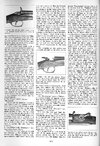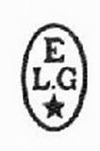Hi All,
I'm new to the forum but am looking for some help learning more about a handful of old long guns I inherited from my grandfather. I'll open a new thread for several of them. Thank you in advance, and if it would be helpful to have additional photos/info just let me know!
Thank you in advance!!
R
This one is some kind of rolling block, but the only identification markings are a few small gunsmithing symbols shown in two pictures.
I'm new to the forum but am looking for some help learning more about a handful of old long guns I inherited from my grandfather. I'll open a new thread for several of them. Thank you in advance, and if it would be helpful to have additional photos/info just let me know!
Thank you in advance!!
R
This one is some kind of rolling block, but the only identification markings are a few small gunsmithing symbols shown in two pictures.
Attachments
-
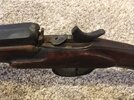 IMG_7580 - Copy.JPG118.9 KB · Views: 27
IMG_7580 - Copy.JPG118.9 KB · Views: 27 -
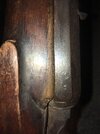 IMG_7589 - Copy.JPG107.4 KB · Views: 28
IMG_7589 - Copy.JPG107.4 KB · Views: 28 -
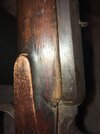 IMG_7588 - Copy.JPG120.3 KB · Views: 26
IMG_7588 - Copy.JPG120.3 KB · Views: 26 -
 IMG_7587 - Copy.JPG209 KB · Views: 28
IMG_7587 - Copy.JPG209 KB · Views: 28 -
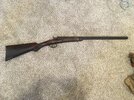 IMG_7586 - Copy.JPG233.8 KB · Views: 30
IMG_7586 - Copy.JPG233.8 KB · Views: 30 -
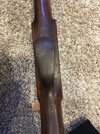 IMG_7585 - Copy.JPG168.9 KB · Views: 30
IMG_7585 - Copy.JPG168.9 KB · Views: 30 -
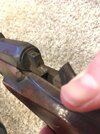 IMG_7584 - Copy.JPG85.5 KB · Views: 31
IMG_7584 - Copy.JPG85.5 KB · Views: 31 -
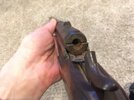 IMG_7583 - Copy.JPG67.2 KB · Views: 26
IMG_7583 - Copy.JPG67.2 KB · Views: 26 -
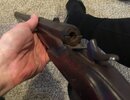 IMG_7582 - Copy.JPG93.2 KB · Views: 26
IMG_7582 - Copy.JPG93.2 KB · Views: 26 -
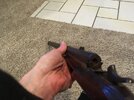 IMG_7581 - Copy.JPG122.1 KB · Views: 26
IMG_7581 - Copy.JPG122.1 KB · Views: 26


